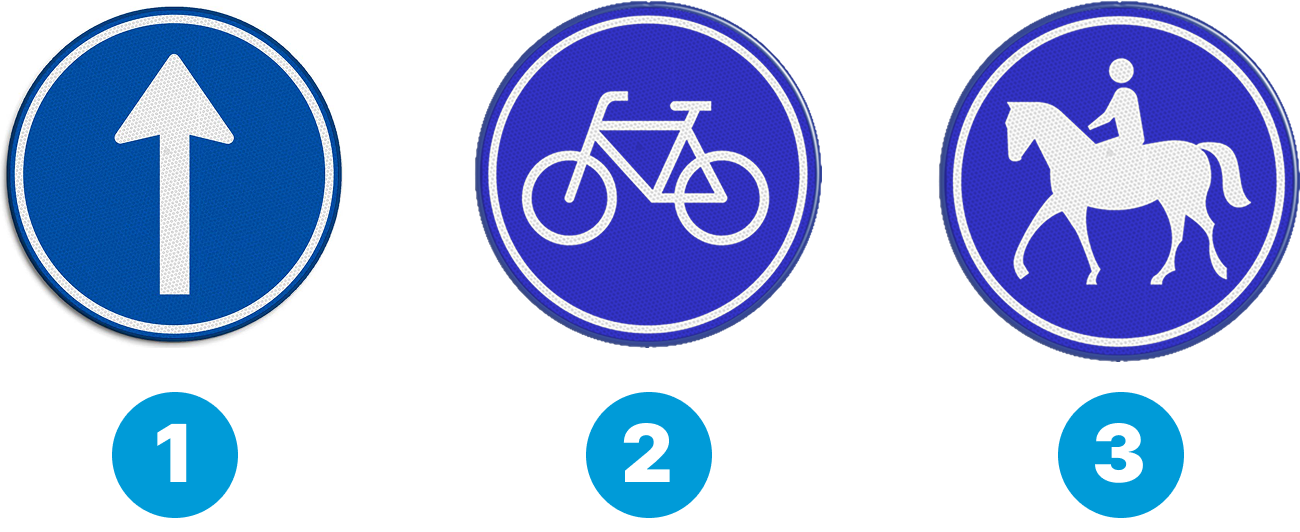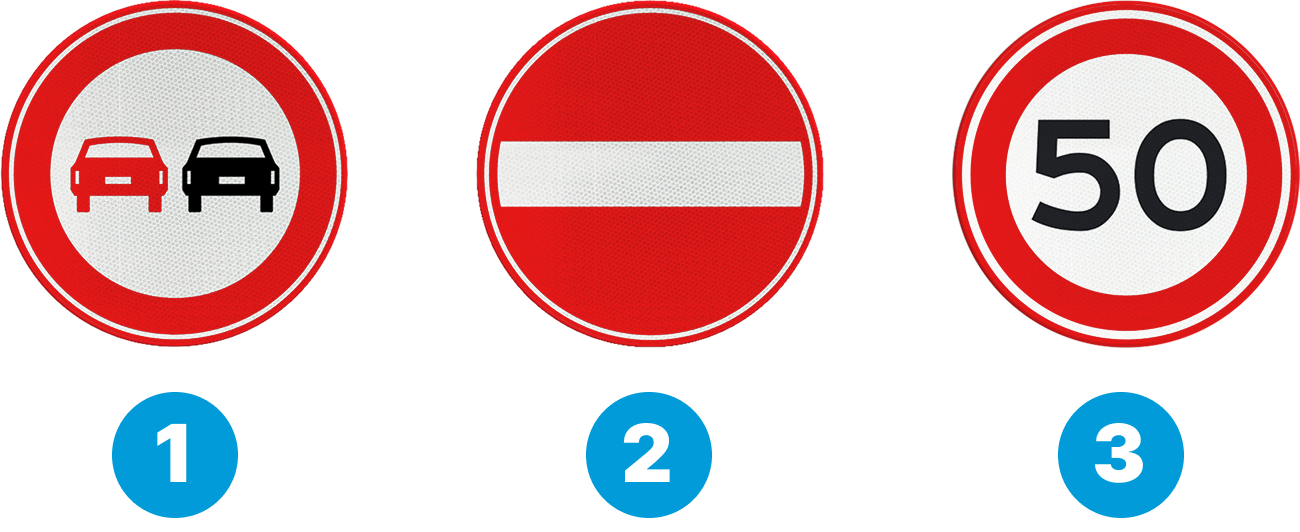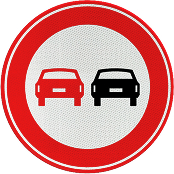Understanding Dutch Traffic Signs
Traffic signs are everywhere on the road. Knowing the traffic signs meaning is crucial, especially if you're preparing for the CBR theory exam. In this article, you’ll learn how to read traffic signs, recognize different shapes, and understand when they apply to you as a driver. This knowledge is essential for passing the Dutch road signs test and becoming a safe driver.
What do Dutch traffic signs mean and when do they apply to me and when not?
When you participate in traffic, signs are everywhere. But what do they mean, and when do they actually apply? With Dutch traffic signs, it’s important to know their meaning. On the CBR theory exam, it is also important that you can apply your knowledge of the signs to the insight questions. During our theory course, we notice that many candidates have trouble reading the Dutch traffic signs.
Reading Dutch traffic signs, what should I look for?
You always start by looking at the shape of the sign. There are different shapes of Dutch traffic signs. The most common on the CBR theory exam are square, round, and/or triangular signs.
Square blue signs are friendly signs.
This means that certain things are allowed here or that you are being informed.
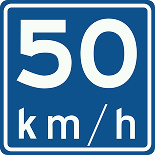
Triangular signs with the point facing up are warning signs.
You are being warned about what is depicted on the sign.
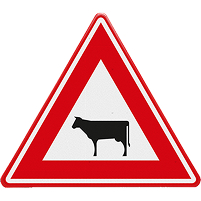
Round signs are angry signs, Something is either mandatory or forbidden.
Round signs with a red border are signs that prohibit something: What is prohibited is depicted on the sign?

Round blue signs are signs that make something mandatory.
You must comply with what is depicted.
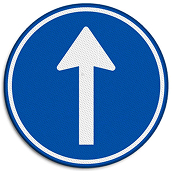
Many signs look alike or resemble each other, so it's important to look at the shape first and then see what is depicted.



